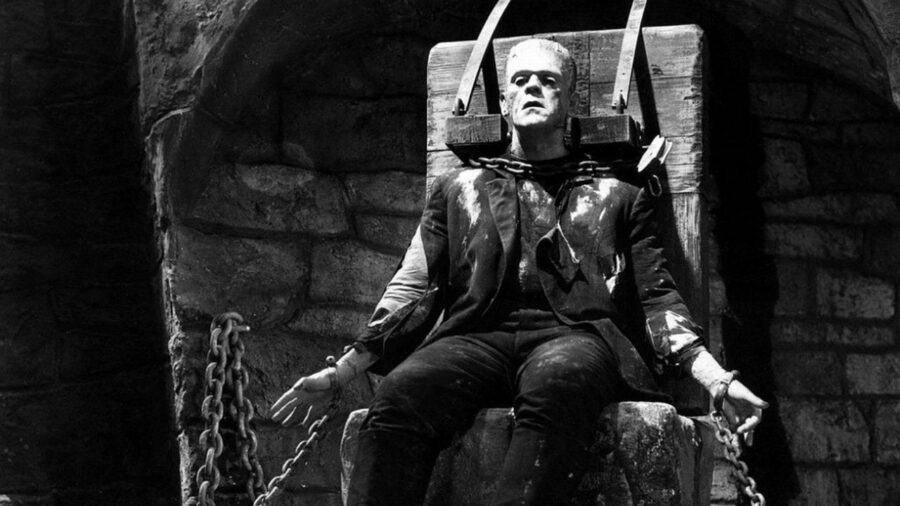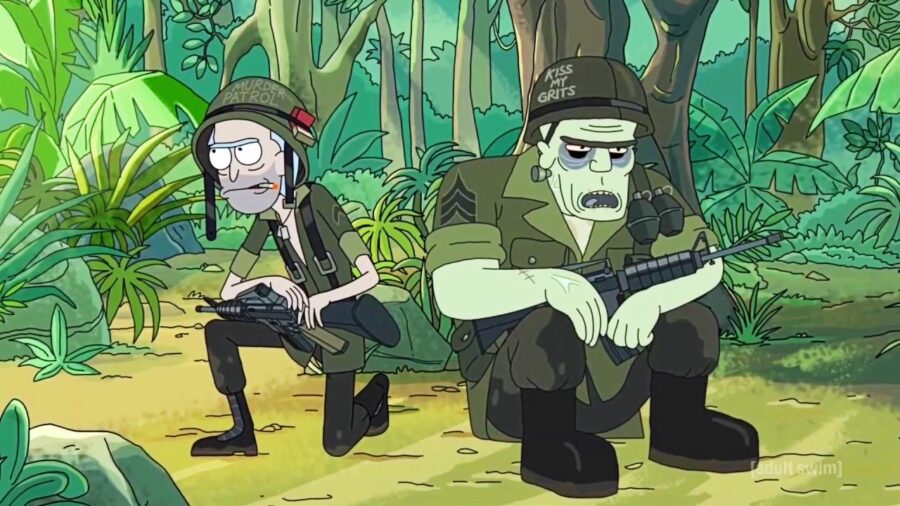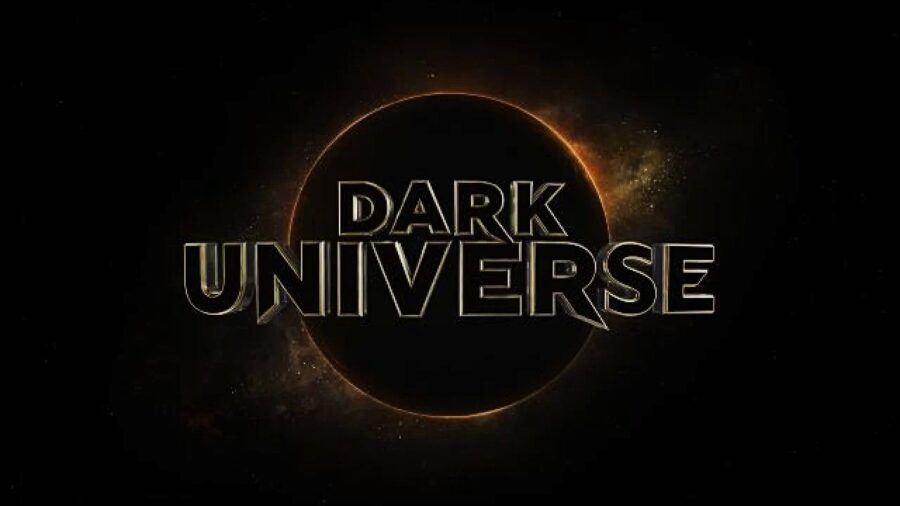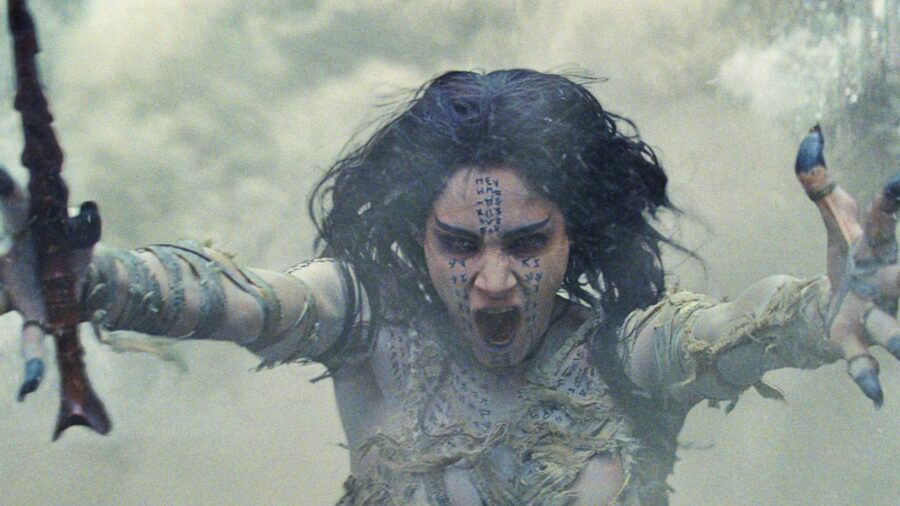Are The Universal Monsters Dead Forever?
The Universal monsters defined horror, but they may be lost to the genre now.
This article is more than 2 years old
No single movie studio has influenced the growth of the horror film genre as Universal Pictures. Whether audiences think about it or not, the DNA of Universal and its stable of classic monsters like Frankenstein, Dracula, and the Son of Wolfman built the modern conception of horror, and its imagery and tropes still continue to echo in pop culture. But we take a moment to ask: can the Universal monsters ever actually be scary again?

Over the decades, the Universal monsters have become so ubiquitous that often they are not even thought of as figures of horror anymore. Frankenstein may have predated the 1931 James Whale film by over a century (when Mary Shelley wrote a novel essentially on a dare), but it was cinema that cemented what comes to mind when you think of the modern Prometheus. But one thing is certain: he is not scary any longer.
Arguably the figure most associated with Universal Pictures, Frankenstein (or yes, yes, Frankenstein’s monster) was once one of the most horrifying ideas imaginable: a creature pieced together from the dead and given new, unholy life by unhinged, amoral science. Audiences in 1931 were horrified by Boris Karloff’s portrayal of the creature, as well as perhaps intrigued and saddened by his pitiable, short existence. But since then, Frankenstein has become a joke.
No one is more to blame for this than Universal Pictures itself, which took a long time to treat its monsters with any kind of respect. Movies like Abbott and Costello Meet Frankenstein took the first step to strip away both the dignity of the Universal monsters and any kind of edge they had, and others soon followed.

In the long years since their first terrifying appearances, Frankenstein, Dracula, the Invisible Man, the Gill-Man (that’s the Creature from the Black Lagoon to you), and all the others were made figures of jokes, revisionist takes, and endless, increasingly bizarre reboots. Whatever power they had to scare audiences has been lost to familiarity and the evolving tastes of horror aficionados, now used to jump scares, torture porn, “elevated horror,” and slashers.
What would it take for the Universal monsters to be scary to audiences again? Fundamentally, all of these creatures would need a hard cultural reset, erasing or at least suspending all the jokey, dumb versions of Frankenstein and Dracula moviegoers have seen before. Undoubtedly, there is little that Universal Pictures would like more than to put its monsters to profitable work once more.

Infamously, Universal did try to build a shared monster universe in naked imitation of the Marvel Cinematic Universe, only to see it immediately collapse. The so-called Dark Universe was officially launched in 2017 with The Mummy, which flopped at the box office and was dismissed by critics. Though Universal retroactively tried to tie the 2014 Luke Evans movie Dracula Untold into the Dark Universe and announced grand plans for Johnny Depp to play the Invisible Man, Javier Bardem to play Frankenstein’s Creature and Angelina Jolie his Bride, it was all shut down.

If a superstar as bulletproof as Tom Cruise could not turn The Mummy into a success, what chance do the other Universal monsters have? Prior to the doomed Dark Universe, Universal Pictures had attempted to utilize its intellectual property with movies like Van Helsing that basically slapped Frankenstein, Doctor Jekyll and Mister Hyde, Dracula, and Hugh Jackman together and hoped something would happen. At the very least, it is clear that the studio has no clear idea what to do with the horror film icons associated with it.
Perhaps some other studio will be able to do something with the Universal monsters that Universal itself cannot. After all, the majority of its creatures are in the public domain and not actually proprietary to Universal. Anyone can decide they want to make a Dracula movie (and many have), so as long as they do not use the specific elements that Universal might have developed, like Bela Lugosi’s likeness.
But for now, it feels more likely than not that the Universal monsters who essentially defined what a horror movie was in the first part of the 20th century have been exiled from the genre. We hope we are wrong, though, and that someone can find a way to finally make them scary again. Just keep Tom Cruise out of it.












